Science Equipment: Moorings
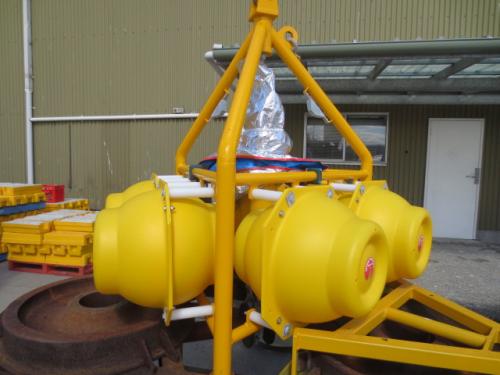
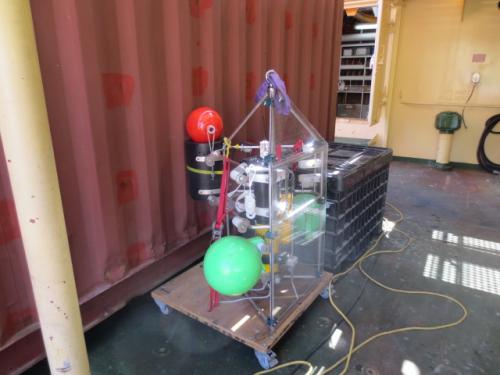
Today was windy with snow. It reminds me a lot like where I'm from in Northern New York. As the winds are projected at between 40- 60 knots the outside decks are off limits as I write this. We are Hoping for a break soon as a lot of science is waiting. My shift partners and I were busy processing sediments from a Kasten core. It was a meticulous process that required accuracy and excellent cataloguing abilities. This will be explained in detail in a few days as I'm waiting for the pictures. So I thought I would show another piece of scientific equipment on board and briefly explain its use. Moorings are rather complicated devices that are used to gather a wide variety of physical oceanographic data. The gyroscope serves to counteract the gravitational forces that are strengthened as we are near the Magnetic South Pole. Do you remember the journal about the effects on compasses the South Pole has? The gyroscope is a very expensive piece of equipment that must be retrieved once the mooring is in place. This will be done by the marine techs on board using a special device.
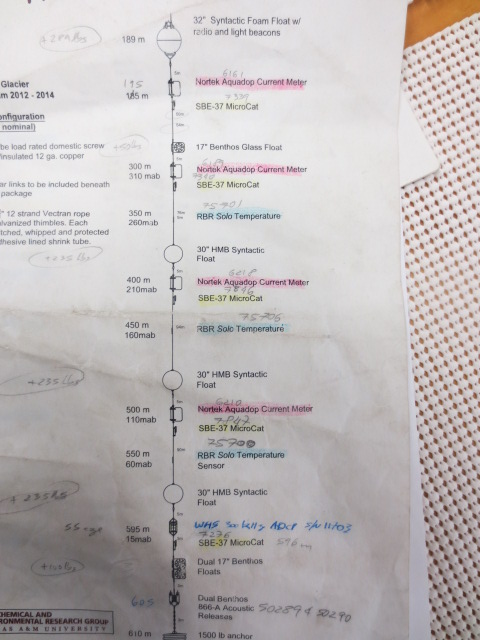
Depending on the deployment waypoint for the mooring the scientists will attach a variety of sensors to gather vital data about this uncharted region. These include temperature, currents, etc.. Another part that is attached is the collection cone. It is used to trap any materials that may drop to the bottom while the mooring is deployed.
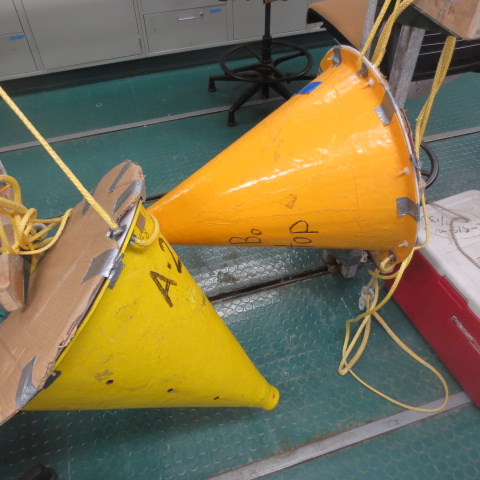
In order to assure that the line attaching the mooring and all the data collecting devices remain vertical a large buoy is attached at the surface. The bouy has a transmitter and a bright beacon. The transmitter and beacon will guide us back in a few weeks in order to pick up the device.
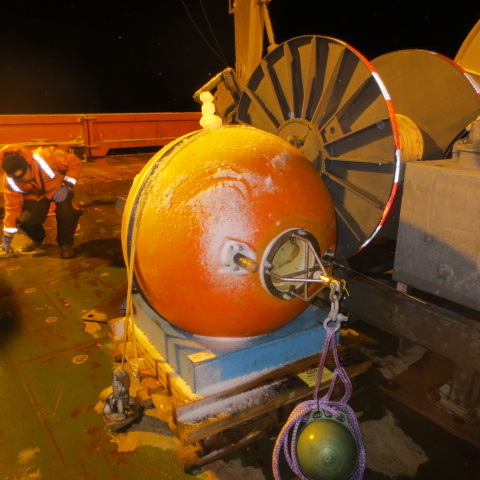
I want thank Ross Hein for giving me the inside information about the gyroscope and the mooring. It is a really impressive piece of engineering, math, science and technology. This is just another reason how important math and science are. So if you are sitting in class, sit up and pay attention! Sorry that was the teacher in me coming out. Looks like the weather will improve tomorrow. More cool stuff soon!


Comments